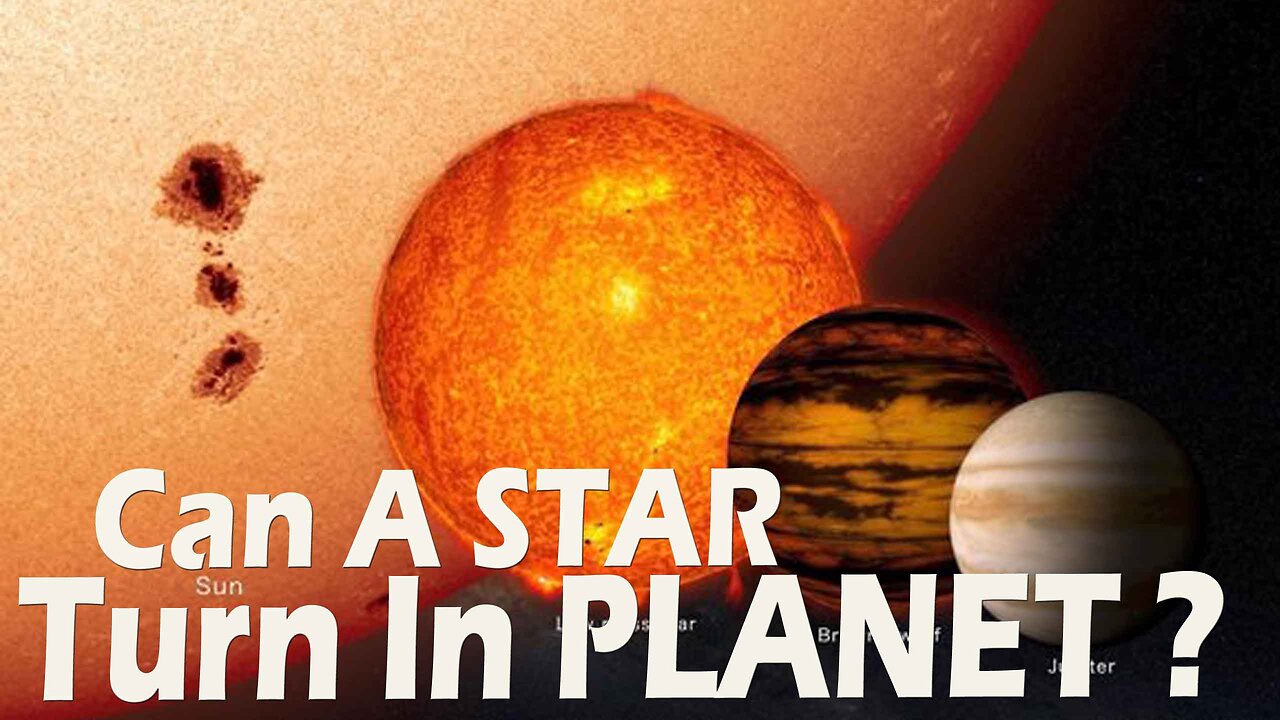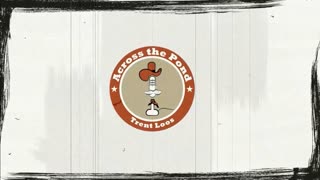Premium Only Content

Can a star turn into a planet?
The process of a star turning into a planet is not a direct transition, as stars and planets are formed through different mechanisms. However, certain circumstances can lead to the formation of planets around stars.
Stars are massive celestial objects primarily composed of hydrogen and helium gas. They generate energy through nuclear fusion in their cores, where hydrogen atoms combine to form helium and release a tremendous amount of energy in the process. Stars have a strong gravitational force that holds them together.
On the other hand, planets are smaller celestial bodies that orbit stars. They are typically composed of rock, metal, and sometimes gases. Planets form from the accumulation of dust, gas, and other materials in the protoplanetary disk—a rotating disk of gas and dust surrounding a young star.
The formation of planets begins with the collapse of a molecular cloud—a dense region of gas and dust in space. The cloud contracts under the influence of gravity and forms a protostar at its center. As the protostar continues to accumulate mass, it develops a strong gravitational pull, which can attract nearby materials in the surrounding disk.
Within the protoplanetary disk, solid particles collide and stick together, gradually forming planetesimals—small bodies ranging in size from a few meters to kilometers. These planetesimals can further collide and merge to form protoplanets. Protoplanets continue to grow as they accrete more material from the surrounding disk. Eventually, they can reach a sufficient mass to be considered planets.
In some cases, planets can form in close proximity to their host stars. These are called "hot Jupiters" or "gas giants," and they are similar in composition to Jupiter or Saturn. However, their proximity to the star is unusual compared to our own Solar System, where gas giants are located farther from the central star.
While it is not possible for a star to directly transform into a planet, there are scenarios where planets can form around stars. Planetary systems like our own Solar System provide evidence of planet formation in the protoplanetary disk. The process involves the accumulation of material, the growth of planetesimals, and the eventual formation of planets. The exact mechanisms and conditions for planet formation are still a subject of ongoing research and exploration.
In conclusion, stars and planets are formed through different processes. Stars are massive, self-luminous objects that generate energy through nuclear fusion, while planets are smaller bodies that form from the accumulation of material in protoplanetary disks. While a star cannot transform directly into a planet, planets can form around stars through the process of planet formation in protoplanetary disks
-
 2:52:48
2:52:48
Music7
8 months agoPunjabi Super hits Music Mashup
741 -
 LIVE
LIVE
Game On!
21 hours agoThe BIGGEST TNF Game In Miami Dolphin's History!
11,938 watching -
 8:05
8:05
Hollywood Exposed
11 hours agoRepublican Governor SHUTS DOWN Sunny Hostin’s Anti-Gun Rant on The View
28.7K13 -
 9:29
9:29
Silver Dragons
17 hours agoI Have CHANGED MY MIND About THESE Silver Coins
3.65K2 -
 15:51
15:51
TheRoyaltyAutoService
15 hours ago $0.74 earnedThis Honda Ridgeline Has Been Sitting For Over A Year… What Kept It Down So Long?!
5.79K -
 LIVE
LIVE
BEK TV
22 hours agoTrent Loos in the Morning - 9/18/2025
213 watching -
 LIVE
LIVE
The Bubba Army
21 hours agoJimmy Kimmel FIRED! - Bubba the Love Sponge® Show | 9/18/25
3,222 watching -
 10:51
10:51
Degenerate Jay
14 hours ago $0.51 earnedWe Finally Have Proof That Metal Gear Solid V Was Unfinished
18K3 -
 13:17
13:17
AndresRestart
18 hours ago $1.07 earnedThis Mario Galaxy 2 Remaster Is Better Than We Thought!
12.4K4 -
 59:16
59:16
CarlCrusher
11 hours agoAncient Psionic UFO Contact in Skinwalker Territory with Vetted & WHY Files - Ep 3
8.5K3